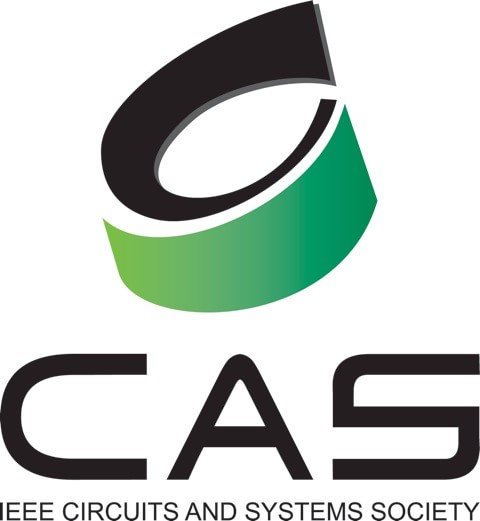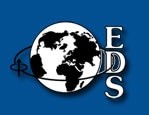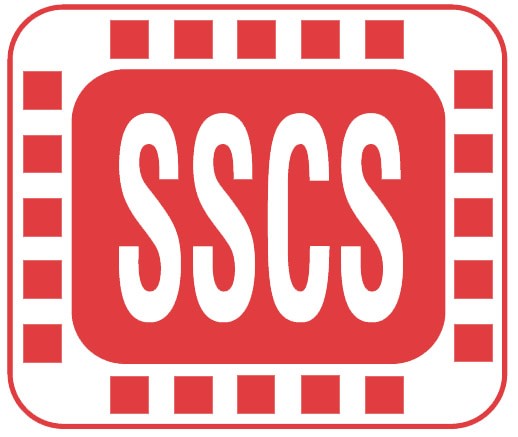2007 Events
Micro-power Integrated Circuits and Systems
-
Prof. Anantha Chandrakasan
Director of the MIT Microsystems Technology Laboratories, MA, USA
-
- Dec. 20, 2007
-
- 2:00PM - 3:00PM
Advanced Electrostatic Discharge (ESD) Protection in BiCMOS/CMOS Technologies
-
Prof. Juin J. Liou
Professor, ECE & Director, Solid State Electronics Lab and Device Characterization Lab, University of Central Florida, Orlando, Florida, USA
-
- Nov. 19, 2007
-
- 12:30PM - 1:30PM
Minimizing Power Amplifier Memory Effects
-
Dr. Allen Katz
Professor of Electrical Engineering at The College of New Jersey
-
- Oct. 22, 2007
-
- 1:00PM - 2:00PM
Advances in Millimeter-wave Linearization
-
Dr. Allen Katz
Professor of Electrical Engineering at The College of New Jersey
-
- Oct. 22, 2007
-
- 1:00PM - 2:00PM
RFID Systems for Waste Management Applications
-
Raoul Janssen
Managing Director, Envicomp Systemlogistik GmbH & Co. KG, Germany
-
- Sept. 11, 2007
-
- 1:00PM - 2:00PM
Model Order Reduction for Efficient Modeling and Simulation of Interconnect Networks
-
Min Ma
Mcgill University
-
- Jul. 27, 2007
-
- 12:30PM - 1:30PM
Design of UHF RFID Systems with the aid of Computational Electromagnetics
-
Dr. C. J. Reddy
President, EM Software & Systems (USA) Inc
-
- Jul. 24, 2007
-
- 12:20PM - 1:20PM
State Space Realization of a 3D Image Set with Application to Noise Reduction of Fluorescent Images
-
Prof. Lin Zhiping
Electrical and Electronic Engineering, Nanyang Technological University (NTU), Singapore
-
- Jun. 4, 2007
-
- 11:00AM - 12:00PM
Nanoengineered Thin Film Research and Nanofabrication Facilities
-
Dr. Michael Brett
Canada Research Chair in Nanoengineered Thin Films, Director of Engineering Physics, Dept. of Electrical and Computer Engineering, University of Alberta, Edmonton, Alberta, Canada
-
- Mar. 19, 2007
-
- 1:00PM - 2:00PM




